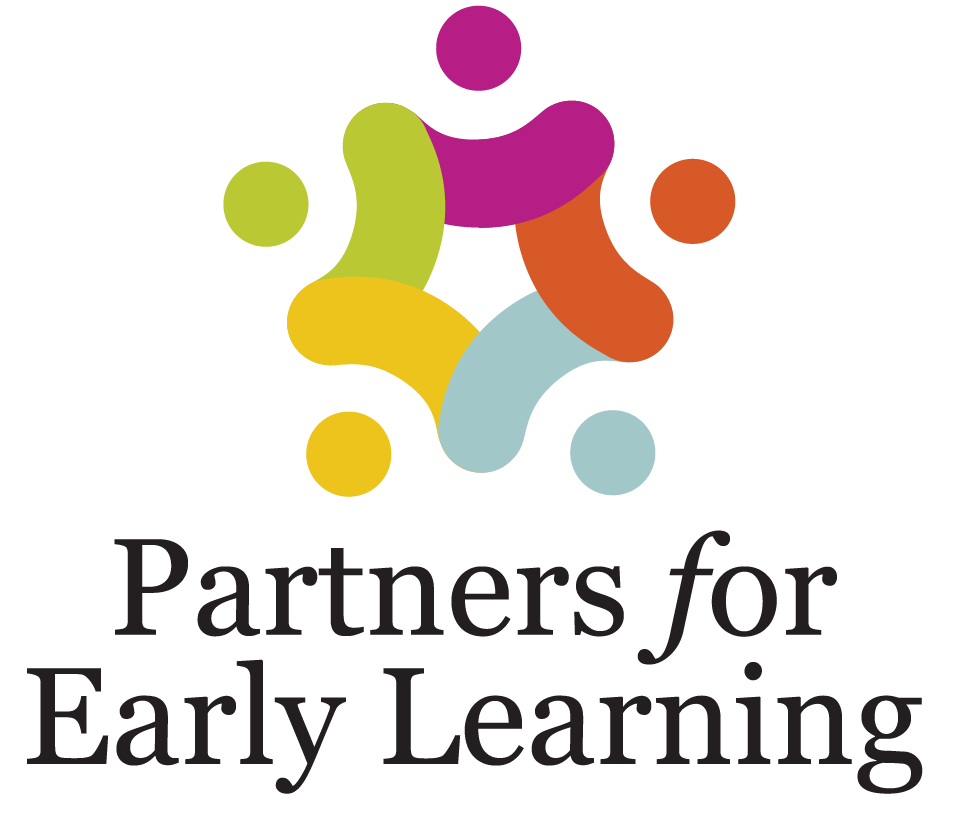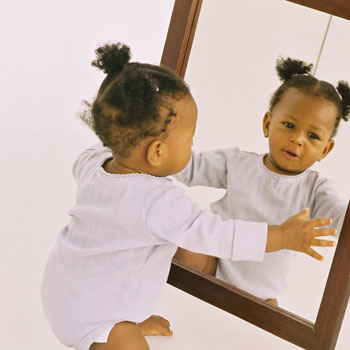Sometime between 15 and 24 months, children take a large step in self-awareness. In an experiment known as the “rouge test,” mothers wiped a bit of rouge on the noses of their children and placed them in front of a mirror. Children younger than 15 months looked at their reflection and saw a red spot on the nose in the mirror, but they didn’t realize that it was on their own nose. When children are between 15 and 24 months, they begin to realize that the reflection they see is their own, and they either point to the red nose or try to wipe away the rouge. In other words, they understand that the reflection in the mirror is more than a familiar face–it is their own face. At this time, children are learning that they are different from other people and becoming more aware that others may have beliefs, desires, and feelings different from their own. Research has shown that once young children reach this level of self-awareness, new emotions like embarrassment, envy, and empathy emerge.
References:
Butterworth, G. (1990a). Self-perception in infancy. In Cicchetti, D., & Beeghly, M. (Eds.). The self in transition. Chicago: University of Chicago Press.

